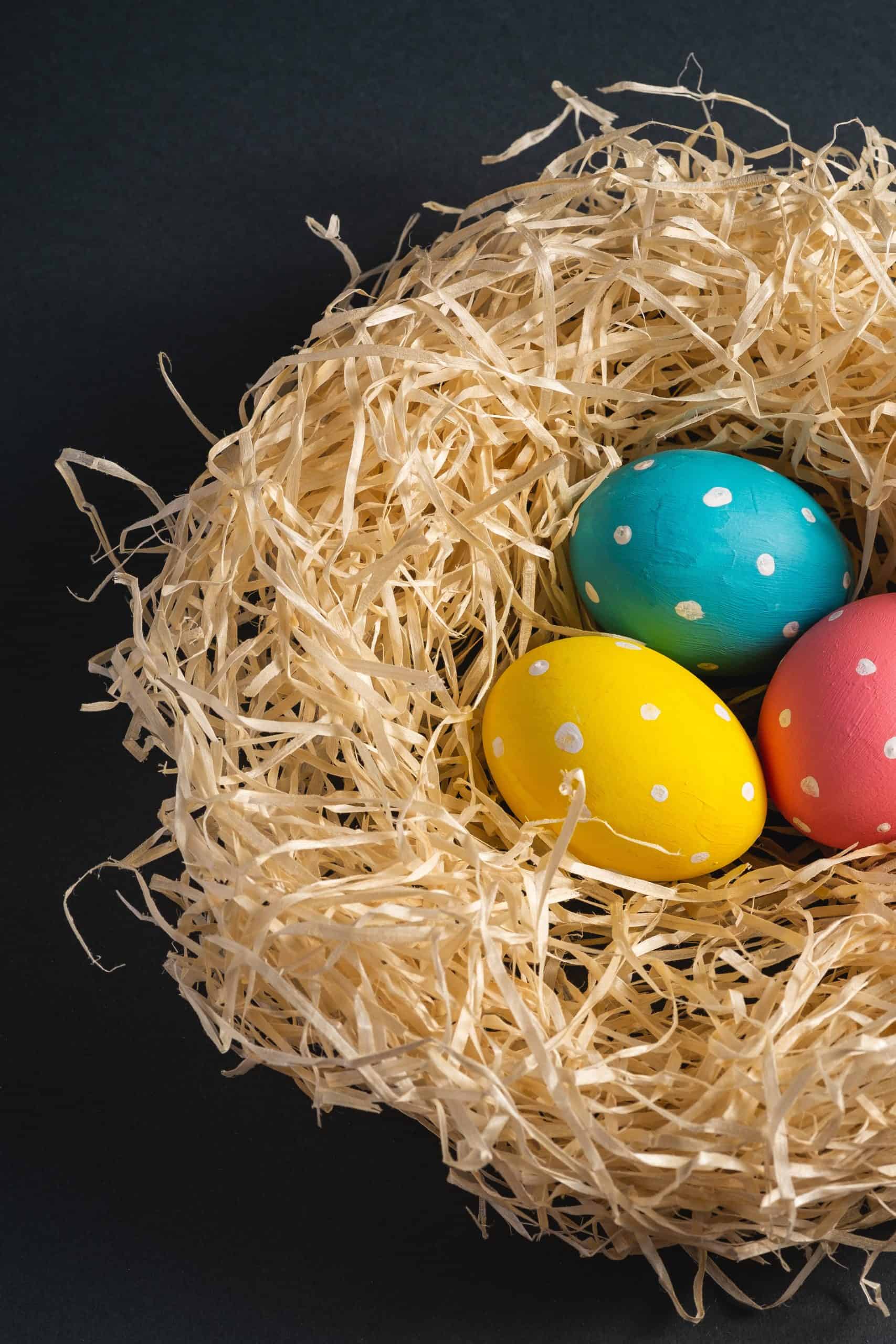Unveiling the Tradition: Why We Decorate Eggs for Easter

Easter is a vibrant celebration that brings with it a tapestry of traditions, one of the most colorful of which involves the decorating of eggs. This custom, while widely enjoyed today, has a rich history that spans centuries and carries with it a wealth of symbolism and cultural significance.
The Historical Roots of Egg Decoration


Egg decoration can be traced back to ancient civilizations long before the advent of Christianity. Here are some notable historical influences:
- Pagan Celebrations: Many cultures, including the Persians, Egyptians, and Romans, associated eggs with fertility and rebirth due to their shape and the way life springs from them. During spring festivals like the Persian Nowruz or the Roman “Festum Ovorum” (Feast of Eggs), eggs were often decorated to celebrate the renewal of life.
- Pre-Christian Slavs: Slavic cultures had a rich tradition of painting eggs, known as pysanky, for various religious and magical purposes, protecting against evil spirits and bringing good fortune.
Christian Influence

With the spread of Christianity, the egg took on a new layer of meaning:
- Easter Symbolism: The egg symbolized the tomb from which Jesus Christ resurrected. Its hard shell represented the tomb, and cracking it open during Easter services signified Christ’s emergence from the tomb, symbolizing victory over death.
- Early Christian Practices: Early Christians in Mesopotamia dyed eggs red to symbolize the blood of Christ. By the 14th century, eggs were exchanged as gifts during Easter, often blessed by priests to bestow blessings and prosperity.
The Art of Egg Decoration

Over time, egg decorating has evolved into an intricate art form with techniques that vary widely from culture to culture:
- Decorative Techniques:
- Dyeing: Using natural or synthetic dyes to color the eggshell.
- Painting: Adding detailed designs with paints, from simple patterns to complex scenes.
- Pysanky: A wax-resist method where melted wax is applied to the egg, it’s then dyed, and the wax removed to reveal the design.
- Carving: Carefully hollowing out the egg and then carving intricate designs into the shell.
- Fabrication: Creating elaborate scenes or dioramas inside blown-out eggs.
🔔 Note: When trying out egg decorating techniques, ensure that the eggs are properly cleaned and that decorations are safe for children if they are partaking in the activities.
Egg Hunting and Games

The custom of egg hunting, which encourages children to find hidden decorated eggs, originated in Europe. Here’s how it evolved:
- Hiding Eggs: Originally, eggs were hidden in gardens or homes for children to find, symbolizing the hunt for truth in Christianity.
- Games: Egg rolling, where hard-boiled eggs are rolled down hills, symbolizing the stone being rolled away from Christ’s tomb, became popular, particularly in countries like Scotland.
| Country | Egg Game | Significance |
|---|---|---|
| United Kingdom | Egg Rolling | The rolling symbolizes the stone being rolled away from Jesus’s tomb. |
| United States | Easter Egg Hunt | The hunt signifies the search for the risen Christ. |
| Germany | Egg Tapping | Eggs are tapped together; the unbroken egg signifies life and victory. |

The Evolution of Egg Decorations

As Easter celebrations evolved, so too did the art of egg decoration:
- Modern Innovations: Today, eggs might be decorated with stickers, glitter, or even 3D printed designs. They’re no longer just made from eggshells; chocolate, plastic, and other materials are commonly used.
- Cultural Variants: From the brightly colored cascarones of Mexico to the intricate pysanky of Ukraine, each culture adds its unique flair to the tradition.
In this diverse tapestry of traditions, the act of decorating eggs for Easter has maintained its core symbolism. It is a celebration of life, renewal, and the resurrection of Jesus Christ. By engaging in these time-honored practices, we not only keep ancient traditions alive but also give a tangible form to the abstract themes of faith, hope, and new beginnings.
What are the origins of egg painting?

+
Egg painting has origins in various ancient cultures, where eggs symbolized fertility and rebirth. It was later adopted by early Christians as part of the Easter tradition, representing the resurrection of Jesus Christ.
How can I start decorating Easter eggs?

+
To start, gather hard-boiled or blown-out eggs, egg dyes, brushes, wax, and any decorative elements. You can dye eggs, paint them, use wax resist techniques like pysanky, or even carve designs into the shell for intricate decorations.
Is there a traditional significance to the colors used for Easter eggs?

+
Yes, colors often carry symbolic meanings:
- Red: Symbolizes the blood of Christ and victory over death.
- White: Represents purity and new life.
- Green: Stands for new life and the resurrection.
- Yellow: Symbolizes sunshine and new beginnings.



